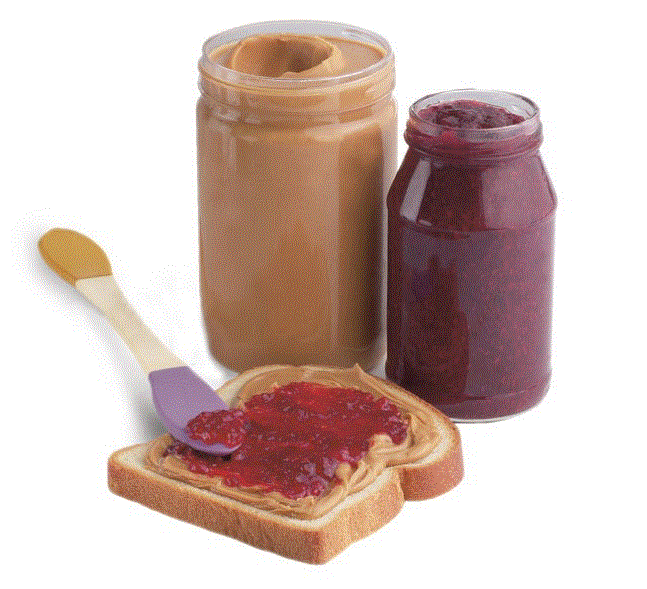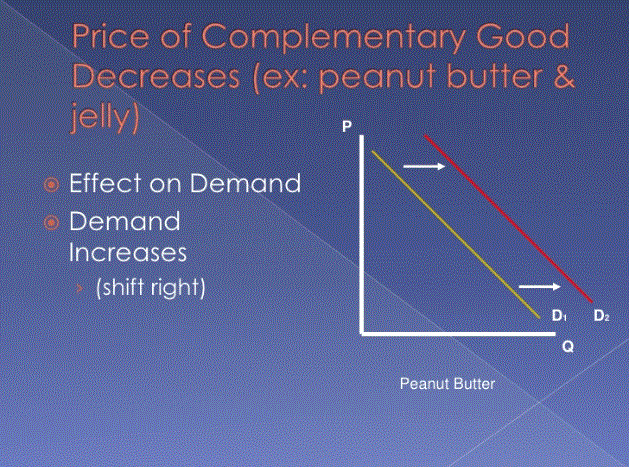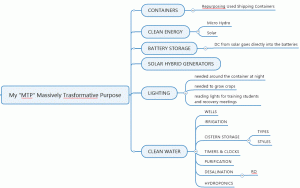Expert witness network is going to be an essential piece of our growth strategy. Yesterday, I had a tire expert call me to discuss a few pieces of information that he had found on cases dealing with tires. He is an industry leader in the tire industry and is someone who has extensive experience working one of the world’s leading tire manufacturers. After our conversation, I immediately thought as I put down my cell phone “He is a perfect example of someone who needs to be added to our ‘Co-Expert Network.’
We don’t compete with him, he doesn’t compete with us. As I learned in a Clemson Econ class, we are complimentary services. The example that was used in economic’s class was Peanut Butter and Jelly. They go very well together. So when you are in the store, you will most likely find that the grocery store has strategically positioned these two products on the same isle…if not directly beside each other. They go very well together. So….what does that have to do with expert witnesses.

If I client calls me and is looking for an expert in nursing home care because they have an issue dealing with nursing home abuse, I know the perfect lady to help them. That is something that we do not do in house. If I can refer our client to call her instead of simply turning the client around by telling them, “I’m sorry, we cannot help you,” then it is a win, win, win. We become know for being the ‘go to’ firm when they have a need for an expert, we will be the firm that can either help them or point them in the right direction.
This is of tremendous benefit to the clients. I also believe it is a win because we have the opportunity to ‘vet’ some of these experts ourselves and only refer the best of the best. The rising tide of good experts rises ALL ships.
Unlike the attorney model of ‘Co-Counsel Networks,’ we do not want a percentage of their percentage of the settlement results. We are doing this from the angle of maximizing the “customer centric” theory. Truly thinking of our clients first and not wanting anything in return. I believe that the good karma and good will that is created by helping our clients will come back to us 10 fold. Below, I have inserted some information regarding “Customer-Centricity” that I found on https://www.ngdata.com/what-is-customer-centric/. Enjoy and have a wonderful day!
Customer-centric, in theory, is fairly self-explanatory. But, businesses that take a customer-centric approach do more than say they put their customers first; they make it a priority to provide an exceptional customer experience at the point of sale and after the sale to increase profits and gain a competitive edge. Truly customer-centric organizations identify their most valuable customers and ensure their satisfaction. In order to do this, organizations gather customer data from multiple sources and channels and target their most profitable customers with relevant offers at the right time.
Customer-centric is nothing new, but it is becoming increasingly important in today’s age of the customer, when organizations are undergoing digital marketing transformation, creating a corporate customer culture, and managing the customer experience. Customer-centricity needs to become a mindset across the organization with buy-in from all stakeholders, because all departments need to work from a customer-centric standpoint rather than a product-centric perspective to profit from the most valuable customers.
For more information on the Peanut Butter and Jelly Supply and Demand example, check this out…

How Do Peanut Butter Prices Affect Demand for Jelly?
QUESTION: Please help explain ‘Supply and Demand’ and what determines ‘Demand’.
ANSWER: Glad you asked. This is the essentials of Economics. Here is a Real-World Example: How Peanut Butter Prices Affect Demand for Jelly.
Goods are often related. This means that one economic event can affect multiple markets. Goods are not isolated in some sort of single-market vacuum. A change in the price of one good can affect it and other goods as well. However, the effects will be different!
Consider an increase in the price of peanut butter. When the price of peanut butter increases, there is a decrease in the quantity demanded for peanut butter (an upward movement along the peanut butter demand curve). This is the first law of demand.
The demand for jelly will also be affected. Remember that peanut butter and jelly are complements. Because we are consuming less peanut butter, we consume less jelly also, even though the price of jelly didn’t change. The demand for jelly decreases (jelly demand curve shifts inward).
Now consider the impact of a rise in the price of peanut butter on the demand for a substitute like almond butter. The demand for almond butter will also be affected. In the previous tip, peanut butter and jelly were complements. Because we are consuming less peanut butter, we consume less jelly also, even though the price of jelly didn’t change. With substitutes, the effect works in reverse. Consumers tend to buy peanut butter or almond butter, but not both. A rise in the price of peanut butter will lead many consumers to substitute almond butter for peanut butter, hence the demand for almond butter will rise (its demand curve shifts to the right).
So there you have it! Your real world lesson in Economics!
